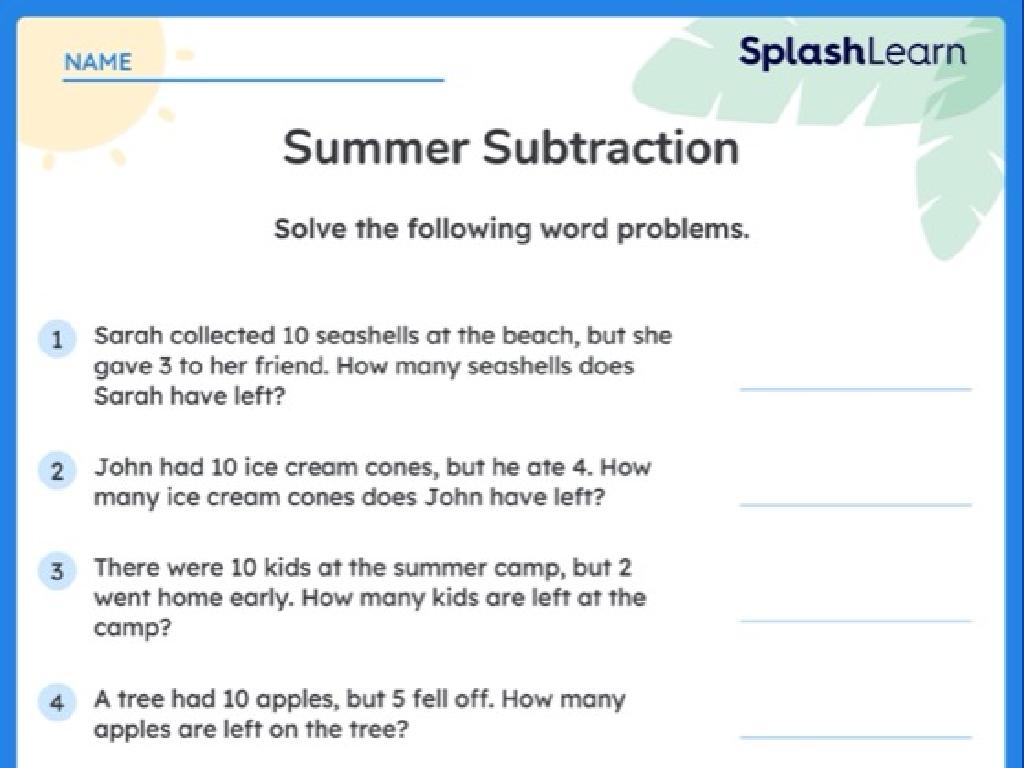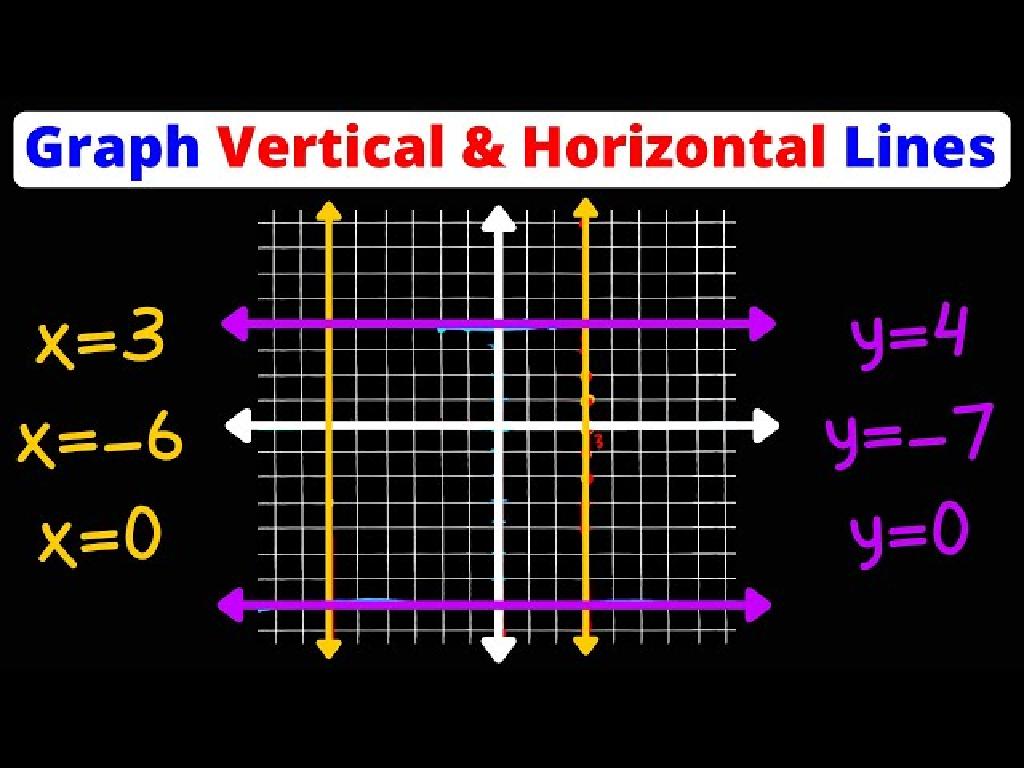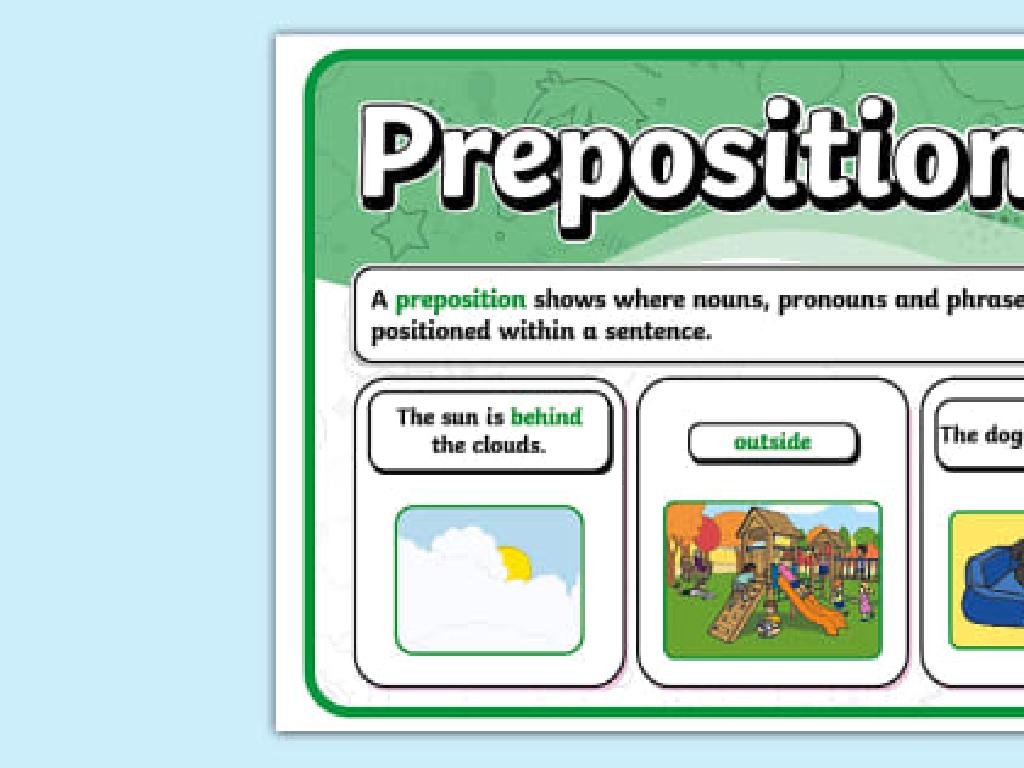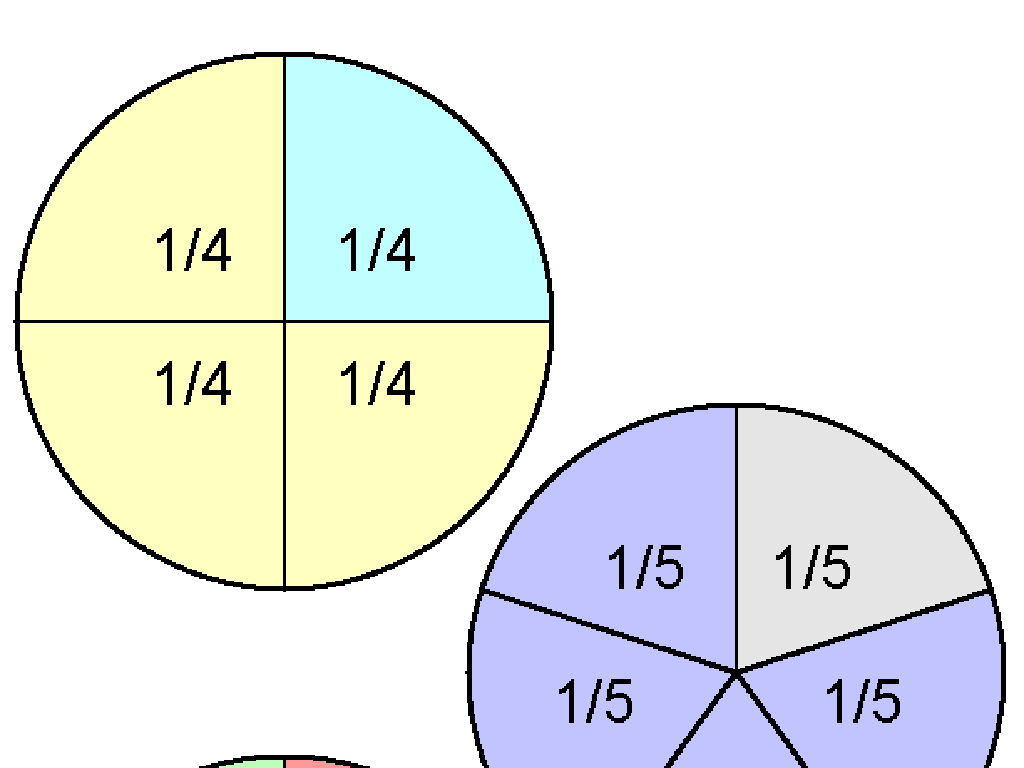Identify Oceans And Continents
Subject: Social studies
Grade: Second grade
Topic: Geography
Please LOG IN to download the presentation. Access is available to registered users only.
View More Content
Exploring Earth: Oceans and Continents
– Our planet Earth introduction
– Learn about oceans
– Earth has 5 big oceans we’ll explore
– Discover the continents
– Earth is made up of 7 large landmasses
– Why geography matters
– Knowing geography helps us understand our world and how we’re connected
|
This slide is designed to introduce second-grade students to the basics of geography with a focus on the Earth’s oceans and continents. Start by explaining that Earth is our home and it’s made up of large areas of land and water. Introduce the concept of oceans and continents, ensuring to name the 5 oceans (Pacific, Atlantic, Indian, Southern, Arctic) and the 7 continents (Asia, Africa, North America, South America, Antarctica, Europe, Australia). Emphasize the importance of geography in understanding different cultures, environments, and how we all share the same planet. Encourage students to think about the vastness of the Earth and how each part is important for the balance of our global ecosystem.
Exploring Our World: What is Geography?
– Geography: study of places
– It explores landscapes, climates, and how we live.
– It’s about people and environments
– How humans interact with nature around them.
– Helps us find our place in the world
– Using maps, we learn our location on Earth.
– Geography connects us to the world
|
This slide introduces the concept of geography to second-grade students, emphasizing its importance in understanding the world around us. Geography is not just about maps and physical landscapes; it’s also about how people interact with their environments. This includes the study of different climates, cultures, and how humans have adapted to various places on Earth. By learning geography, students begin to see their own place in the world and how they are connected to other people and places. Encourage students to think about their own environment and how it shapes their daily life. This sets the stage for learning about oceans and continents, as they begin to place themselves within the larger context of our planet.
Exploring Earth’s Oceans
– Five oceans on Earth
– Pacific, Atlantic, Indian, Southern, Arctic
– Pacific Ocean: the largest
– The Pacific is bigger than any other ocean
– Atlantic and Indian Oceans
– Southern and Arctic Oceans
|
This slide introduces students to the concept of Earth’s oceans. Start by explaining that our planet has five major oceans, each with its own name and location on Earth. Emphasize the size of the Pacific Ocean, helping students understand that it is the largest of all five. You can use a globe or a world map to point out each ocean. Encourage students to remember the names of the oceans by associating them with their size or location relative to the continents. This foundational knowledge sets the stage for further exploration of marine life, oceanic currents, and the role of oceans in global ecosystems.
Exploring Earth’s Continents
– Seven continents on Earth
– Asia, Africa, North America, South America, Antarctica, Europe, and Australia
– Asia is the largest continent
– Asia covers more land area than any other
– Each continent is unique
– Continents are landmasses
– Oceans separate the continents
|
This slide introduces the concept of continents to second-grade students. Begin by explaining that our planet is divided into seven large landmasses called continents. Highlight that Asia is the largest of them all, which can be a fun fact to remember. Emphasize the uniqueness of each continent in terms of size, location, climate, and culture. Use a globe or a world map to help students visualize and identify each continent. Explain that continents are separated by vast bodies of water known as oceans. Encourage students to think about the different animals, plants, and landscapes that might be found on each continent as a way to spark their interest in geography.
Exploring the Continents
– Discovering each continent
– Animals unique to each continent
– Kangaroos in Australia, Lions in Africa
– Various landscapes of continents
– Asia’s mountains, Africa’s deserts
– Learning about our world
|
This slide aims to introduce students to the seven continents of the world, focusing on the distinct animals and landscapes found on each. Encourage the children to think about the variety of environments and species that exist in different parts of the world. Discuss how continents like Africa have vast deserts and are home to lions, while Australia is known for its unique marsupials like kangaroos. Explain that Asia is not only the largest continent but also has towering mountains like the Himalayas. This exploration will help students appreciate the diversity of our planet and understand the basics of geography. Use a globe or map to point out each continent as you discuss it. Prepare to show pictures or videos in the next class to make the learning experience more vivid and engaging.
Exploring the Oceans
– Discover the world’s oceans
– Learn about ocean creatures
– Fish, turtles, whales, and more!
– Discuss ocean habitats
– Coral reefs, deep sea, and shorelines
– Importance of oceans
|
This slide is designed to spark curiosity about the oceans of the world. Begin by discussing the five oceans: the Pacific, Atlantic, Indian, Southern, and Arctic. Explain that oceans are home to a wide variety of creatures, from the smallest plankton to the largest whales. Highlight different habitats within the ocean, such as coral reefs, which are bustling with colorful life, and the deep sea, which is mysterious and less explored. Emphasize the importance of oceans for the planet’s climate, weather, and as a source of food and recreation for humans. Encourage students to think about how we can protect the oceans. Prepare to show images or videos of ocean life to make the lesson more engaging.
Fun Facts: Oceans and Continents
– Atlantic Ocean’s saltiness
– The Atlantic Ocean has the highest salinity of all the oceans.
– Antarctica’s icy cover
– Antarctica is not just cold, it’s a whole continent made of ice!
– Oceans cover 71% of Earth
– Oceans take up most of the Earth, providing homes for marine life.
– Continents are huge landmasses
|
This slide is designed to spark curiosity and interest in the topic of oceans and continents. Start by sharing the intriguing fact that the Atlantic Ocean is the saltiest, which can lead to a discussion on what causes ocean salinity. Then, move on to the fascinating reality of Antarctica being a continent entirely covered in ice, which is a great segue into the extremes of our planet’s geography. Highlight that oceans cover the majority of our planet and are essential for Earth’s ecosystem. Lastly, explain that continents are vast expanses of land where we live and that each has its own unique geography, climate, and wildlife. Encourage the students to think of other fun facts they may know about oceans and continents.
Activity Time: Create Your World Map!
– Be a young geographer
– Create and label your map
– Place the 7 continents and 5 oceans where they belong
– Color continents and oceans
– Use a unique color for each one
– Show your creativity
|
This activity is designed to help students identify and understand the locations of continents and oceans on a world map. Provide each student with a blank map and coloring materials. Guide them to label each of the seven continents (Asia, Africa, North America, South America, Antarctica, Europe, and Australia) and the five oceans (Pacific, Atlantic, Indian, Southern, and Arctic). Encourage them to color each continent and ocean with a different color to help them visually distinguish between them. This hands-on activity will reinforce their knowledge of world geography and allow them to express their creativity. Possible variations of the activity could include using stickers, stamps, or tracing the continents and oceans before coloring.
Review: Oceans and Continents
– Recap continents and oceans
– Name all continents and oceans
– There are 7 continents and 5 oceans; can you list them?
– Ask questions about today’s lesson
– It’s okay to ask if you’re unsure about any part of the lesson!
– Share something new you learned
– Did you learn any fun facts about a continent or ocean?
|
This slide is aimed at reviewing the day’s lesson on oceans and continents. Start by recapping the main points, then encourage the students to actively recall by naming all the continents and oceans. Open the floor for any questions the students might have, ensuring they feel comfortable to ask and clarify their doubts. Finally, ask the students to share something new they learned today, which could be a fun fact or something that intrigued them. This will help reinforce their knowledge and make the lesson more memorable. Be prepared with a map or globe to assist in the review and to answer any questions that may arise.
Exploring Our World: Conclusion
– Congratulations, young geographers!
– You’ve learned about Earth’s geography
– You can now identify all 7 continents and 5 oceans
– Continue exploring our amazing world
– Keep learning about oceans and continents
– Use maps and globes to discover more
|
This slide wraps up our lesson on oceans and continents. It’s meant to celebrate the students’ new knowledge and encourage their natural curiosity. As they continue their journey in geography, remind them to look at maps, globes, and atlases to become even more familiar with the layout of our world. Encourage them to ask questions and explore different cultures and ecosystems that exist within each continent and ocean. Reinforce the idea that geography is not just about memorizing facts; it’s about understanding our planet and how we all connect to it.






